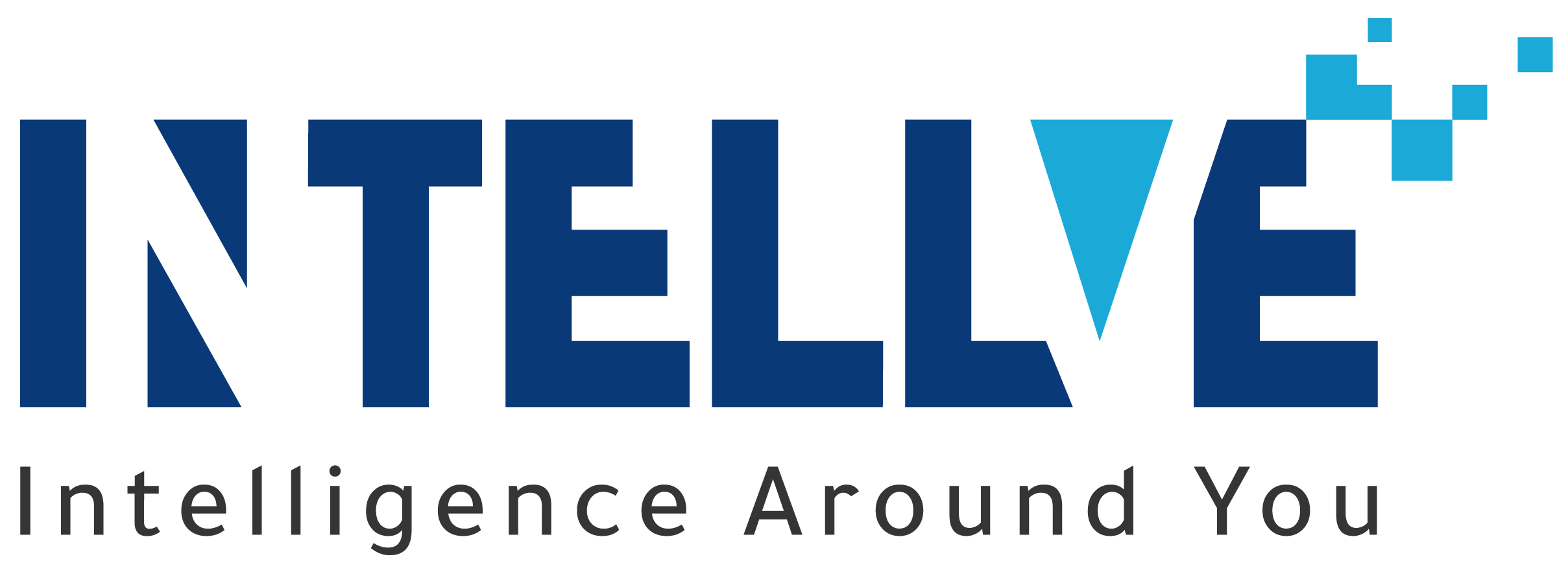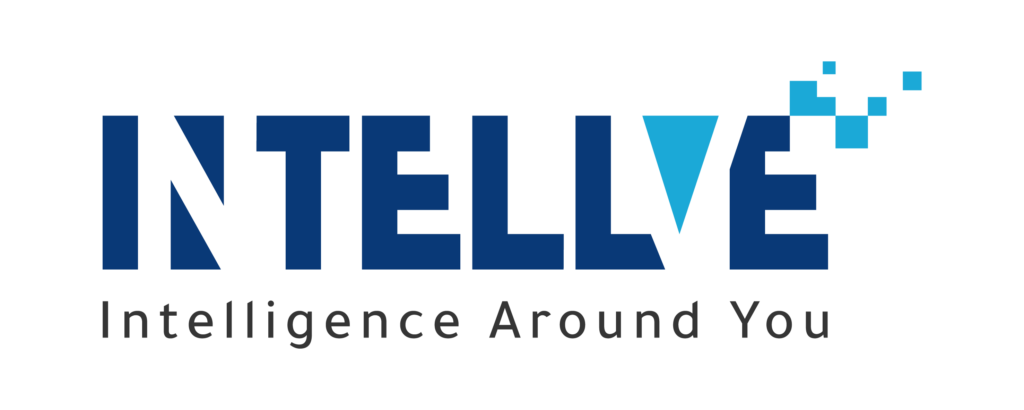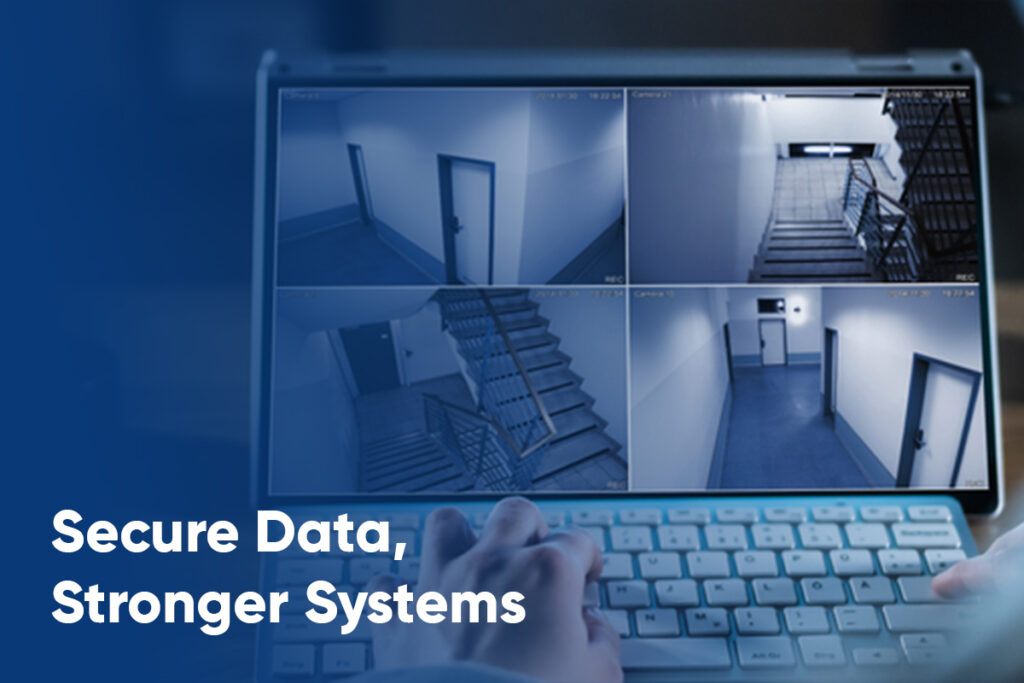Modern security ecosystems require surveillance, threat detection, and emergency response integration. MonitoringHub 3.0 fulfils this requirement by unifying CCTV, fire alarm systems (FAS), intrusion detection systems (IDS), access control systems (ACS), and remote terminal units (RTUs) into one operational platform. Let’s see how this integrated command centre improves situational awareness, accelerates incident response, and resource management across various security environments.
CCTV Integration with MonitoringHub 3.0
A CCTV monitor allows a person to view footage captured by the CCTV camera, live or recorded. CCTV monitors are important parts of a remote monitoring system. They allow an individual to see what happens in real-time, review all historical events, and respond to Alerts immediately.
MonitoringHub 3.0 transforms traditional CCTV into intelligent observation nodes. Quite different from other hardware brand-specific platforms, this monitoring system allows brand-agnostic camera integration so that live streaming, playback, and video export become possible with any compliant device. Its unique mosaic video grid helps the operator to view as many as 49 camera feeds (7×7 grid) simultaneously. The customised layouts (2×2, 3×3, and 4×4..upto 7×7) and auto-play sequences cycle through selected camera groups. Operators are further empowered to deter intrusion or steer personnel on-site, with PTZ (Pan-Tilt-Zoom) controls and hooter activation.
This platform has the provision for event-tagged playback for forensic analysis, wherein recordings are indexed to alert timelines. This feature takes away the laborious task of manually scrubbing through hours of footage.
Fire Alarm System Integration
The FAS integrates into CCTV for contextualised fire response. When an alarm is triggered from a smoke detector or heat sensor, MonitoringHub 3.0 displays live camera feeds which are nearest to the alarm source. In this way, visual confirmation can rule out false alarms (e.g., burnt toast in a breakroom) from true emergencies (electrical fires in server rooms). The operator can Followthe defined built-in SOPs, . It can broadcast evacuation instructions via two-way speakers.
Intrusion Detection Workflows
MonitoringHub 3.0’s IDS integration uses AI-based anomaly detection to reduce false alarms. The system checks camera motion alerts against door/window sensor data from the IDS panel. For example, a sensor alert for a restricted area triggered outside business hours generates a confidence score based upon:
- Simultaneous inputs from other IDS sensors to confirm multi-point intrusion patterns
- activity patterns monitoried through sensors
- Outputs of Hooter and Twoway communication remotely
The high-severity alert is Notified to operator in application,. The chat-style alert resolution feature logs all interventions—timestamped operator notes, activation of hooters, and police notifications.
Access Control System (ACS) Integration
MonitoringHub 3.0 integrates ACS to offer complete control over personnel access:
- Tracks real-time entries and exits across all access points
- Correlates access logs with CCTV and IDS data for incident validation
- Flags unauthorised attempts, integrating this data with video analytics and IDS
This integration improves perimeter control and incident accountability.
Remote Terminal Unit (RTU) Integration
RTUs are crucial for monitoring and managing remote infrastructure and utility systems:
- Captures operational parameters (temperature, voltage, pressure, etc.)
- Enables real-time visibility into field equipment performance
- Supports automated alerts based on threshold breaches
The integration of RTUs expands MonitoringHub 3.0’s capabilities beyond security to include environmental and infrastructure monitoring.
Unified Command Centre and Dashboard
An integrated command centre is the centralised framework by which operations are coordinated and streamlined.
Multi-System Dashboard
Featuring a drill-down dashboard with multi-level perspectives:
- Enterprise level: A geographic map containing monitored sites visible together with their colour-coded status indicators (green = normal, red = active alert).
- Site level: Real-time metrics relating to device health (e.g., CCTV uptime and IDS battery levels), environmental data (temperature/humidity for fire risk assessment).
- Device level: Live feed from a specific camera or an IDS motion detector sensor log.
It makes sure that all operators are capable of reassigned alerts even to the different command centres during particular regional outages.
Mobile Response Coordination
The personnel using the iOS/Android app will be able to view live camera and alerts and notification, also device health status updates through dashboard for quick analysis. After the operation is completed, the officers upload photos/notes directly into the alert’s chat thread, thereby completing the feedback loop to command staff.
Automation and AI-Driven Features in MonitoringHub 3.0
MonitoringHub 3.0 leverages automation and artificial intelligence to streamline security operations and reduce human error. These features work silently in the background, handling repetitive tasks and surfacing critical information to human operators when it matters most.
Robotic Process Automation (RPA)
Repetitive tasks are automated via RPA scripts:
- Triaging alerts: Allocating intrusion alerts to the available operators depending on their current workload or area of expertise (e.g. handing over to cybersecurity specialists for alerts on network breaches).
- Device Health Checks: Nightly diagnostics are done on CCTV cameras, IDS sensors, and FAS panels. Any failure alerts are sent via email, Alerts and notifications to the command centre operators and mobile users.
- Backup Management:Backup video archiving to hybrid storage (cloud(Application) + on-premises(Video backup)) to comply with the retention policy as specified in GDPR/CPRA.
Conclusion
The entry of MonitoringHub 3.0 dramatically redefines integrated security management by breaking down barriers between CCTV, fire alarm detection, intrusion systems, access control, and remote equipment monitoring. Implementing such a platform would lead organisations to decrease intrusion alongside a better compliance posture.
Where conventional security systems fail, Intellve presents an intelligent, unified solution. Integration of CCTV, fire alarms, intrusion detectors, ACS, and RTUs into one intelligent platform is more than just monitoring; it enables you to obtain real-time insights and respond swiftly.
Using the latest AI technology, Intellve transforms disorganised security data into clear, actionable intelligence for keeping one step ahead of threats. When surveillance isn’t enough, it is Intellve’s solution that sees, thinks, and acts — so you remain informed and in control.



